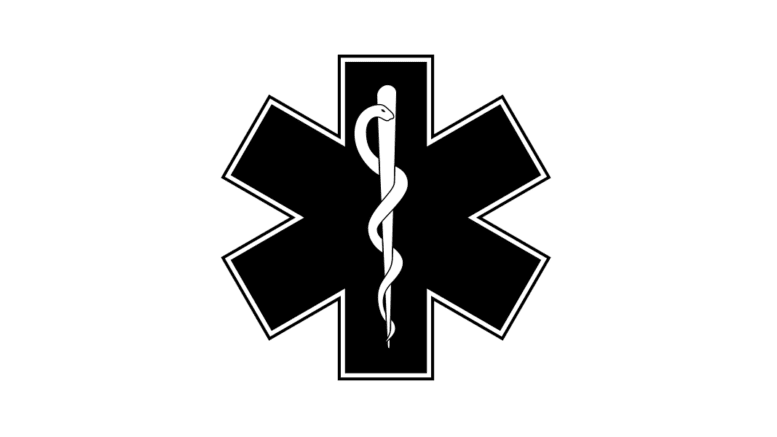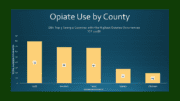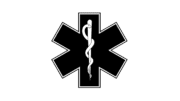This article by Christina Saint Louis first appeared in KFF Health News, republished with permission.
MORA, Minn. — Two playgrounds border the Recovering Hope Treatment Center for addiction that sits at the end of a gravel road in eastern Minnesota’s rural Kanabec County. A meeting room inside is furnished with rocking chairs and baby walkers. And there are strollers in the halls.
Recovering Hope is one of only five providers in the state that offer family-based residential treatment, allowing women to enter the program while pregnant or to bring one of their children younger than 5 with them for the duration of their stay. Men can receive outpatient treatment but aren’t permitted in the residential program.
It’s the only such residential program located in a rural Minnesota county and is licensed for 108 beds. It has a waitlist that can span from two to six weeks, depending on whether a woman plans to enter treatment alone or with her child.
“If you don’t provide family services, the parents run the risk of losing their kids,” said Ashley Snyder, a licensed drug and alcohol counselor at Recovering Hope.
Family-based residential treatment has been recognized by behavioral health professionals as having better outcomes for women and their children. But such programs often struggle to stay afloat because of staffing shortages and volatile funding. And because of that complexity, families in rural areas are less likely to find such a residential treatment program in their communities.
Meanwhile, maternal opioid-related diagnoses have increased nationwide. From 2010 to 2017, the rates of women with those diagnoses at delivery increased by 131% and babies born with withdrawal symptoms increased by 82%, according to the Centers for Disease Control and Prevention. The increases disproportionately affected rural areas. At Recovering Hope, opioids are among the top substances, along with alcohol and meth, that lead women to seek treatment.
“There are too few programs,” said Margaret Ratcliff, an executive vice president at Volunteers of America, which co-published a national directory of family-based residential treatment programs with Wilder Research in 2019. At that time, the directory listed 362 family-based residential treatment programs nationwide, a number that experts, including Ratcliff, say is continually in flux.
Many of the programs offer some variation of the model in place at Recovering Hope, though the maximum age of children varies.
From its own affiliations with such programs, Ratcliff said, Volunteers of America has seen that “the problem is that Medicaid does not cover the cost of a comprehensive program, and grants come and go.”
Even at Recovering Hope, which has operated since 2016 and is expanding its outpatient treatment to include teenagers and building sober houses, smaller insurance reimbursements have affected care. Women in the center’s residential program previously spent up to an average of 40 days in high-intensity care at the beginning of their treatment, but that timespan is now closer to 30 days to contain costs due to those low reimbursement rates. Most of the women in the residential treatment program are covered by Medicaid.
High-intensity care accounts for a third of the center’s treatment plan. On average, women’s full residential treatment at Recovering Hope lasts 90 to 120 days. During that time, women can enroll their children in on-site day care and bring them along to programming. The kids receive regular visits from a Head Start educator and a psychologist.
Researchers say that family-based residential treatment can improve women’s pregnancy outcomes by keeping them away from drug use during their pregnancy and strengthening their bond with their children. Experts also say the programs increase the likelihood that women will complete treatment.
Beyond the financial hurdles involved in running family treatment programs, managers face logistical constraints. Providing schooling is one of the challenges that come with operating a family-based treatment center, Snyder said. For example, she said, part of the reason the facility allows only for children younger than 5 is to not affect local school enrollment.
“The school district kind of said, ‘Hey, if you put kids in our school district, and then take them out, that’s not great for us,’” she said. “‘We don’t have enough teachers. So, if you put three kids in the classroom that’s already at max, we would technically need to hire another teacher, but they’re only here for three months.’”
In addition to the age restriction, Recovering Hope limits the women to bringing one child each.
For Lisa Thompson, who was in residential treatment there from January to April, that limit led her to leave both of her kids with their grandmother rather than split them up.
“First getting there, it was really hard seeing women with their children and not having mine,” Thompson, 40, said. “But after being there, and becoming more comfortable, it was just nice being able to have that connection with other mothers there.”
For Gabriela Cajucom, Recovering Hope’s ability to accommodate one child helped her reunite with her oldest son one month into her inpatient program, which ran from November to February. Child Protective Services had originally placed him with his grandmother but allowed him to live with Cajucom as she completed her treatment.
“He even just ran up to one of the old day care ladies, like totally remembered her and gave her a hug,” said Cajucom, 26, who since has moved to outpatient treatment and is set to graduate in October. “It was a very good community feeling.”
CPS granted her custody of her son in May.
But despite success stories from Recovering Hope and other programs, some states have found it difficult to keep such facilities running.
In neighboring North Dakota, the state Department of Health and Human Services has been trying to establish a family-based residential treatment option like Recovering Hope since 2020. The state has been without one since April 2019, when its lone provider shut down.
The department has issued three requests for proposals seeking providers to offer a treatment model that allows children to live with a parent undergoing residential treatment but didn’t receive any responses.
“It was during covid, the height of covid, and programs were really trying to maintain what they had, or they were already decreasing some of their services due to capacity or changing their practices to go to telehealth,” said Lacresha Graham, the department’s manager of addiction treatment and recovery program and policy. “I guess that caused providers to not want to look at expanding.”
In requesting proposals, the state outlined requirements, such as: The provider must have the residential capacity to serve at least 10 women and their children at once and situate the facility in a community with a neonatal intensive care unit.
Though the expectation is that providers already have experience in adult addiction treatment, they also must change their care model to accommodate both the physical and health needs of mothers and children, Graham said.
In May, Republican Gov. Doug Burgum approved a one-time $1 million allocation in the state Health and Human Services 2023-25 budget to fund family-based residential treatment, which can be used to cover construction and renovation costs. As a result, the department is working to issue another request for proposals to find a provider that offers services like those at Recovering Hope.
“Ideally, there would be multiple across the state so there’d be better access to locations for women that would need it,” Graham said. “Our priority is getting one up and running and see where we can go from there.”KFF Health News is a national newsroom that produces in-depth journalism about health issues and is one of the core operating programs at KFF—an independent source of health policy research, polling, and journalism. Learn more about KFF.
Subscribe to KFF Health News’ free Morning Briefing.




